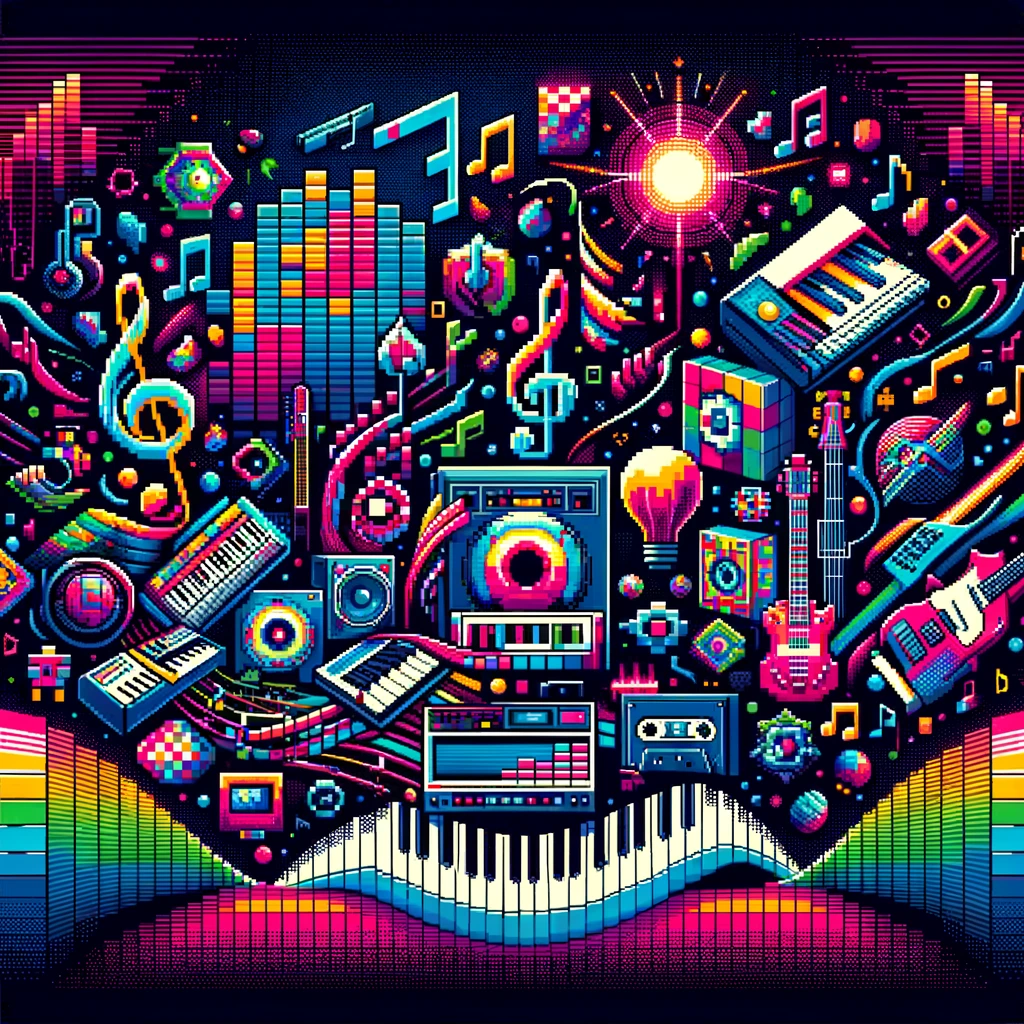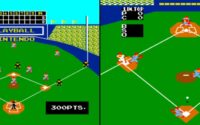Chiptune: The Enduring Musical Influence of Arcade Classics
In the neon-lit arcades of the 1980s, amidst the blips and bloops, a revolution in music and sound design was brewing. Arcade games, with their pixelated graphics and rudimentary sound chips, were not just changing the gaming industry; they were also influencing music and sound design.

The rise of chiptune music, a genre defined by its synthesized electronic sound, is inextricably linked to the golden age of arcade games. Originating from the sound chips of early computers and gaming consoles, chiptune music turned the technical limitations of 8-bit sound into an artistic style. Artists used the limited polyphony and distinctive square wave tones to create complex and memorable compositions, turning what was once background music into a standalone genre. Chiptune music, with its raw and pixelated sound, evokes a sense of nostalgia and has been instrumental in keeping the spirit of the arcade era alive in modern music culture.
Over the years, chiptune has evolved from its arcade origins to influence a wide array of music genres. Artists like Sabrepulse have brought chiptune to the forefront of modern music by blending it with rock, pop, and electronic elements. The genre has also seen a resurgence in popularity thanks to the rise of retro gaming and the indie game movement, where chiptune soundtracks have become a hallmark. Festivals dedicated to chiptune music, such as Blip Festival, have emerged, celebrating the genre’s unique sound and its contributions to both music and gaming culture. This revival and appreciation of chiptune music underscore its lasting impact and the continued fascination with the aesthetics and sounds of the arcade era.
The early arcade games like “Pong” and “Space Invaders” offered simple, repetitive soundtracks. However, these were not mere background noises; they were integral to the gaming experience providing real-time feedback and enhancing player engagement. The technical limitations of the time inadvertently birthed the chiptune genre.
Moving in to the 8-bit era, with games like “Super Mario Bros.” and “Pac-Man,” there was a significant evolution in sound complexity. Koji Kondo’s iconic soundtrack for “Super Mario Bros.” is a prime example, with its catchy, upbeat melodies becoming ingrained in popular culture. These tunes demonstrated how music could effectively convey the game’s mood, from the cheerful overworld theme to the urgency of the underworld tracks.
Arcade games have had a tangible impact on artists across genres. For instance, Digital Love by Daft Punk features synthesized sounds and a melody line that is reminiscent of 8-bit video game music, blending it seamlessly with their signature electronic style.. Similarly, bands like Anamanaguchi have gained popularity by blending punk rock with chiptune, directly drawing inspiration from the sounds of early video games.
In sound design, the influence of arcade games is evident in various forms of media. The clear, concise sound effects first heard in games like “Street Fighter” have been emulated in numerous films and TV shows, particularly in scenes that require exaggerated audio effects for comedic or dramatic impact.
The academic world has also recognized the significance of arcade game music, with institutions offering courses focusing on the composition and cultural impact of video game soundtracks. Efforts to preserve these soundtracks, like the Video Game Music Preservation Foundation, underscore their importance in digital and cultural history.
Arcade games have left an indelible mark on music and sound design, showing how limitations can spur creativity. The legacy of these games lives on, not just in the memories of those who played them but also in the works of contemporary musicians and sound designers who continue to draw inspiration from these pixelated pioneers.




